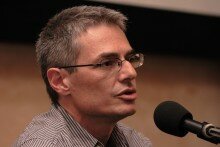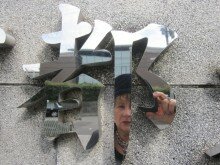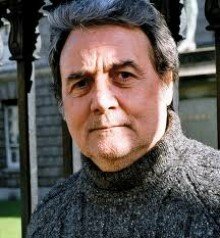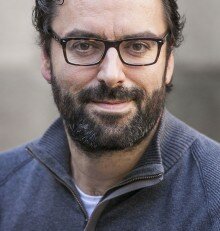The evolution of a poet

Hagit Grossman’s third volume of poetry opens with a stroke of brilliance: the first two poems contain the word “evolution” in their titles. In both, the evolutionary process that moves the poet forward and allows her to mature, to become more sophisticated and to realize the belief readers have had in her talent, is depicted on the contrary also as a sort of diminishment, a retreat or stage of death.
Tension is created between these opposing experiences – progress and nostalgia, development and stagnation – and in both there is a great measure of self-awareness, perhaps even self-parody and not a little humor. It is as if the poet is saying to her readers: yes, what you’ve been thinking is true, I come from once-upon-a-time, from fairy tales and myths about poetry. I’m hopelessly romantic. I’m a Poet. This is my game, but for me it’s serious. Or, on the other hand: I’m serious, the most serious one can be, but also a poet, and so I know that it’s a game – the theater of words and images.
In the poem with the ambiguous title DEFECTIVE EVOLUTION, the retreat seems not the poet’s but that of a larger entity. This is the world […] that has given up on modernism and heroic rock’n’roll in favor of corrupt post-modernism; on fountain pen and paper in favor of the word processor and Facebook; on transcendental spirituality in favor of selling out and materialism. But the poet too retreats, because she must remain faithful to the past that has struck her with its unforgettable beauty; she prefers the dead over the living. She must fill her role as a poetry fossil or dinosaur in a world where only clever lizards remain.
The game is even more complex in EVOLUTION [ . . . ] Grossman [creates] a broad ranging metahistorical fable on the birth of the soul out of a purportedly natural situation, identified in the poem with pre-historic cultures. But the fable is also employed as a highly personal bildungsroman describing Grossman’s development as a poet. It hints at her abandonment of drawing and acting, two arts she attempted earlier in her life, and at the significant role of bereavement in this process, in large part over the death of her father, which served as the heart of her first published book, Nine Poems for Samuel (See THE JOURNEY). There is a built-in gap between the fable and its moral, one the one hand a pretentious and worn-out cultural cliché, and on the other an inner, individual creativity, which grants an ironic almost pop dimension to the poem. Another irony is revealed when one understands that the purportedly natural situation at the start of the poem is much more attractive and convincing then the development phase at the end; it is much more alive. In the end it is death that is acknowledged for its power to create the dubious miracle described in the poem, to separate the soul from the body and send it off to wander in the imaginations of poets and mystics while the body is left to rot on the face of the earth.
[ . . . ]
There is a great deal of self-irony here, an irony that teaches that Grossman’s evolution as a poet is essentially tripartite. A third stage – the return to life – must be added to the first two that “Evolution” depicts, life and death. While the return remains outside the poem, it is what enabled it to be written. This fine irony marks The Trembling of the City as Grossman’s best book.
Toy airplane image © Sunny studio-Igor Yaruta on Shutterstock







